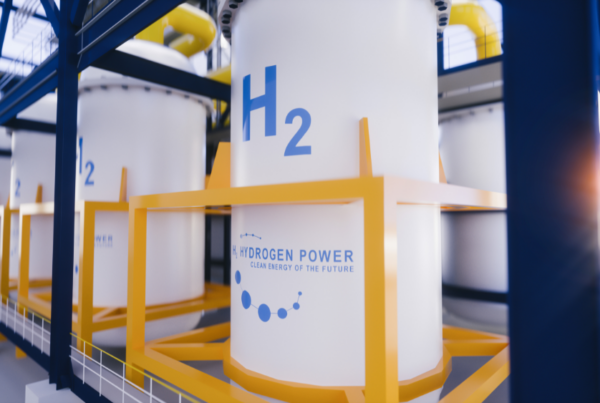
- Although heat is the largest energy end-use, it is often being overlooked in decarbonisation policies and discussions, with fossil-fuels dominating supply of heat globally
- New research by Aurora Energy Research shows that up to 45% of all industrial heat demand and up to 70% of all district heating demand could be electrified, providing a combined market opportunity of more than 13,500 TWh globally
- Thermal storage can be used to decouple heat demand from renewable generation, and can offer a cost-effective solution for the decarbonisation of heat
The cumulative investment required to electrify these heat markets using Kyoto’s Heatcube storage application would be more than €1.2tn
Heat accounts for almost half of global final energy consumption and contributes about 40% of global carbon dioxide emissions. Despite its prominent role in the energy system, heat is often overlooked in decarbonisation discussions and policies. Fossil fuels still dominate the supply of heat, with renewables providing just over 10% of demand.
Electrification can play a crucial role in the decarbonisation of heat sector. New research by Aurora Energy Research commissioned by Kyoto Group AS has found that it could provide about 45% of total industrial heat demand, including direct use in processes which require temperatures up to 500oC, and pre-heating for higher-temperature applications. It can also provide up to 70% of all district heating demand globally. This represents a combined market size of more than 13,500 TWh globally.
Thermal storage applications are able to use electricity to generate heat, which can then be stored for several hours and discharged when needed. This flexibility can help mitigate the inherent intermittency of renewable sources, but also reduce grid reinforcement requirements and overall power system costs.
Assuming a standard configuration of Kyoto’s Heatcube storage technology with a 60MWh storage capacity and a discharge capability of 12 hours per day, the cumulative investment required to electrify the industrial heat and district heating markets would be more than €1.2tn.
Dr Evangelos Gazis, Project Leader at Aurora Energy Research commented:
“If we’re serious about decarbonizing and meeting our net-zero targets, then we need to think about how we decarbonize heat, because it’s behind most of the things that we use and produce on a daily basis.
Electrification will be crucial for the sustainable transition of both industrial and district heating sectors if it is sourced from low-carbon technologies such as renewables and nuclear. If it is also combined with storage, it can reduce the time-dependence of heat demand from renewable generation, which has added benefits to the operation of the power network and the overall cost of the energy system.”
Camilla Nilsson, Chief Financial Officer at Kyoto Group AS commented:
“This new research from Aurora confirms the huge potential for electrifying thermal energy. In order to significantly increase the use of renewable energy for these applications, we need to introduce industrial scale energy storage to mitigate volatility.”
– ENDS –
MEDIA CONTACT
Caroline Oates, Marketing and Media Manager
caroline.oates@auroraer.com | +44 (0)7912 568570
ABOUT AURORA
From its Oxford academic roots, Aurora Energy Research has grown to become the largest dedicated power market analytics company in Europe, providing data-driven intelligence for strategic decisions in the global energy transformation. We are a diverse team of more than 170 experts with vast energy, financial and consulting backgrounds, covering power, hydrogen, carbon and fossil commodities. We are active in Europe, Australia and the US, working with world-leading organisations to provide comprehensive market intelligence, bespoke analytic and advisory services, and cutting-edge software.






